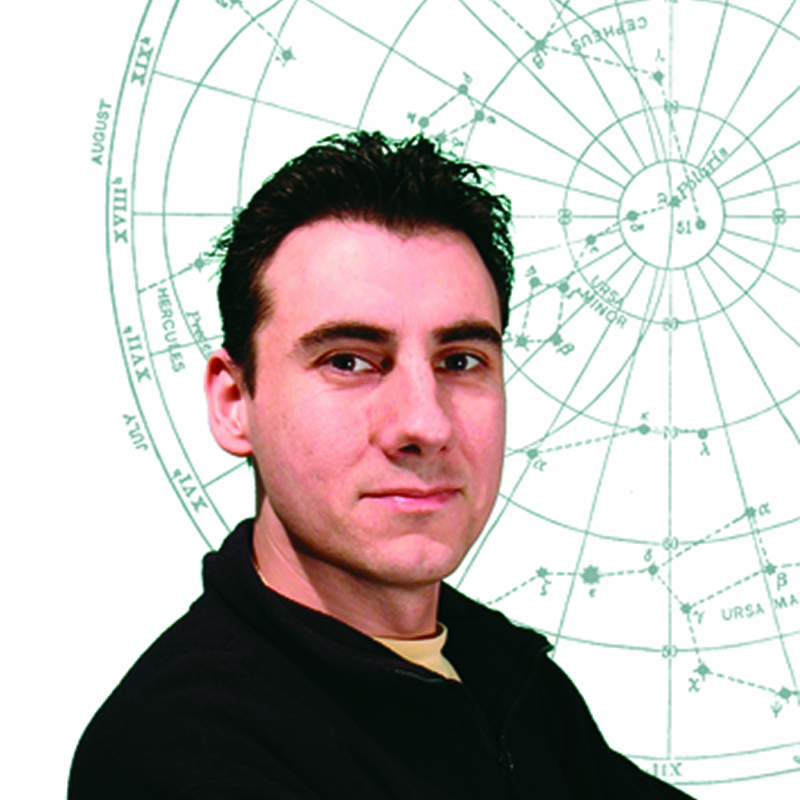There are a great number of dark-sky sites across the world: regions where conditions are purposely kept right so that anyone can enjoy beautiful views of the night sky.
These designations are great news in terms of protecting the skies for future generations, and indeed for a spot of practical astronomy if you are lucky enough to live within travelling distance of any of them.
But for many of us, stargazing is the preserve of the back garden, and that often means dealing with light pollution.
For more advice, read our guide on how to stargaze from a light-polluted city and how to capture astrophotos from a city.
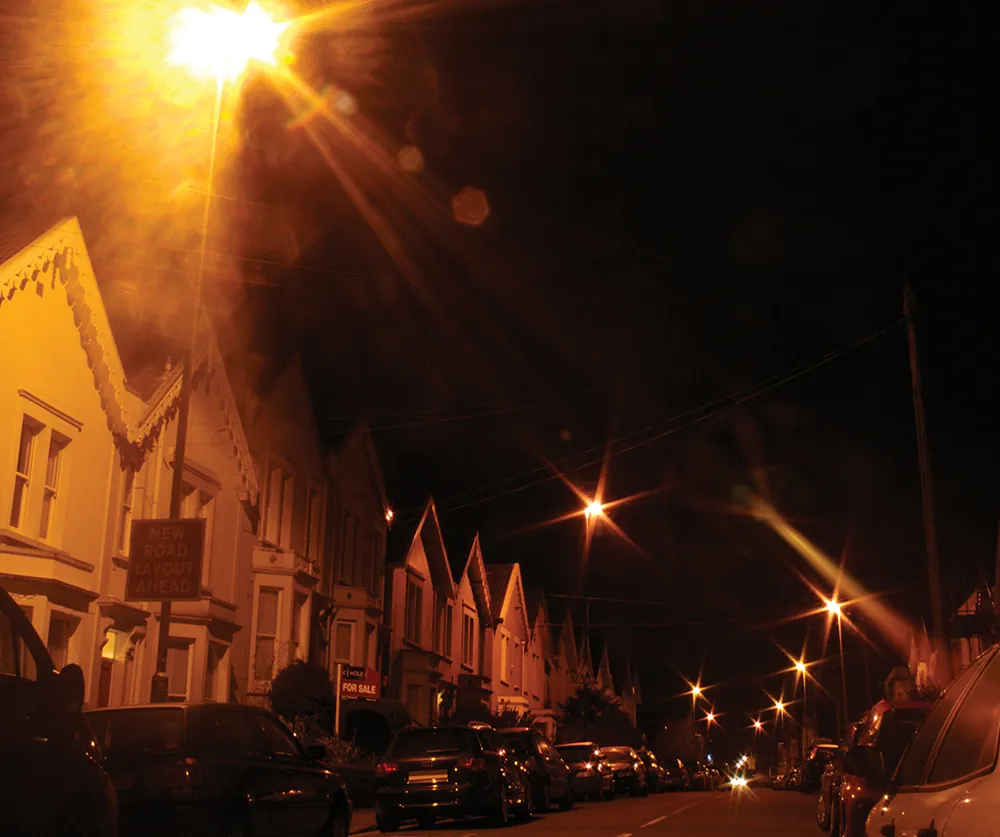
Light pollution is the glow visible across the night sky from the reflected light of streetlamps and other forms of artificial illumination.
A truly dark sky is breathtaking, but the sad reality is that few of us have easy access to such skies, and astronomers have long been advocating for darker skies and for a reduction in light pollution.
When astronomers talk about light pollution, they mean the artificial glow that prevents us from getting a clear view of a starry night sky.
However, other voices are concerned about light pollution, with environmentalists, ecologists and healthcare professionals recognising the importance of a natural day–night cycle that includes darkness.

The different types of light pollution
Light pollution comes in 3 types:
- Sky glow: the rusty orange haze cast by the massed lights over a wide area
- Glare: streetlights, security lights, car headlights, even the light from your neighbours’ windows
- Light trespass: light that shines where it’s not wanted, like a streetlight shining into your bedroom at night
Sky glow washes out the night and blots out the stars, while local sources are more prone to ruining your night vision.
Under dark skies you can see stars down to mag. 6.5 with the naked eye, but light pollution can cut this to just a handful of first magnitude stars.
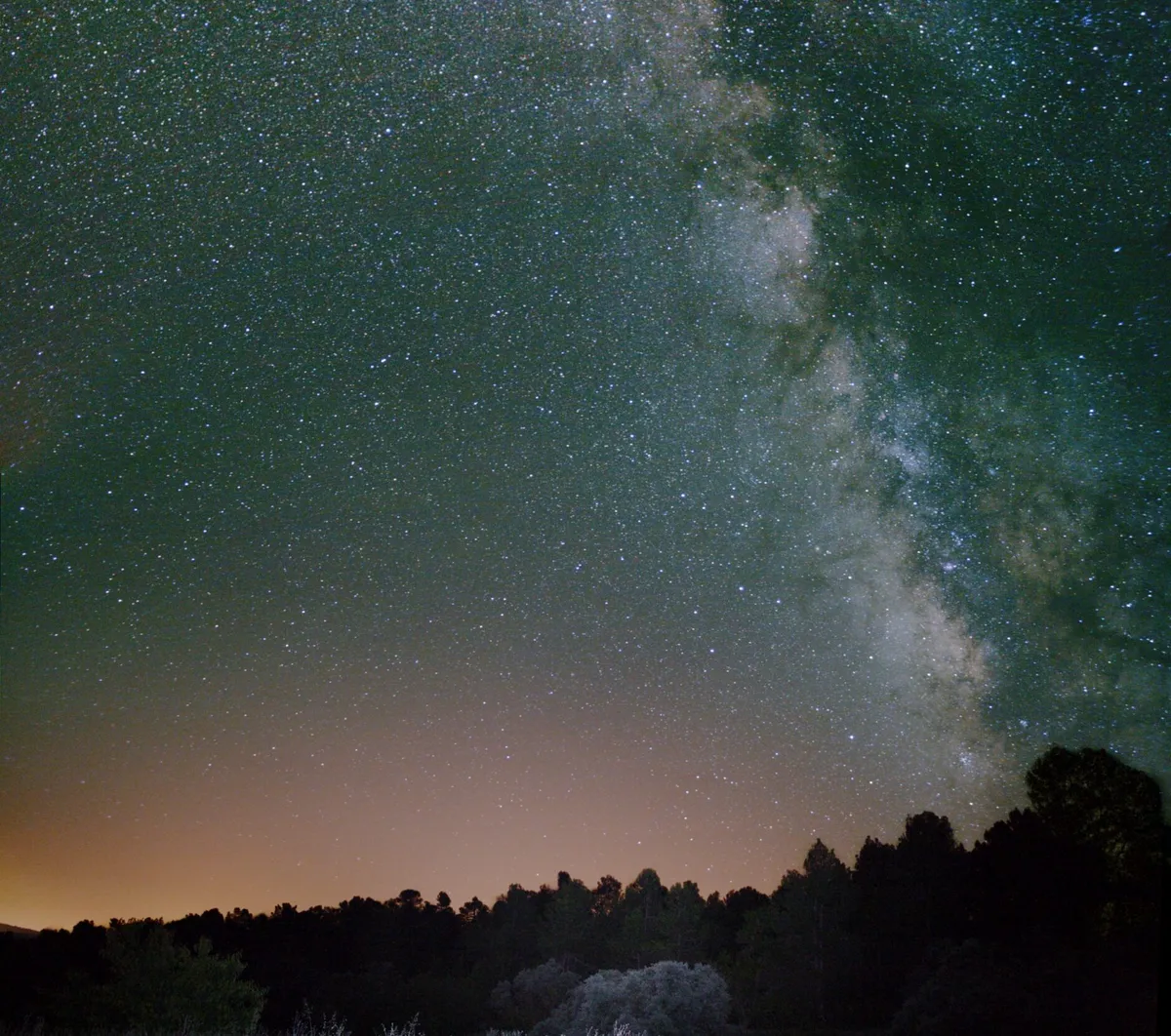
Another common casualty of light pollution is the pale band of the Milky Way, the river of stars that stretches high across the autumn skies.
Not surprisingly, the worst places for light pollution are major towns and cities.
However, stargazers who live in more rural locations can be just as bothered by the annoying bright light from a neighbour’s badly adjusted security light.
Thankfully, there are a few things you can try to mitigate the unwanted effects of light pollution.
How to avoid light pollution
Consider where you put your telescope
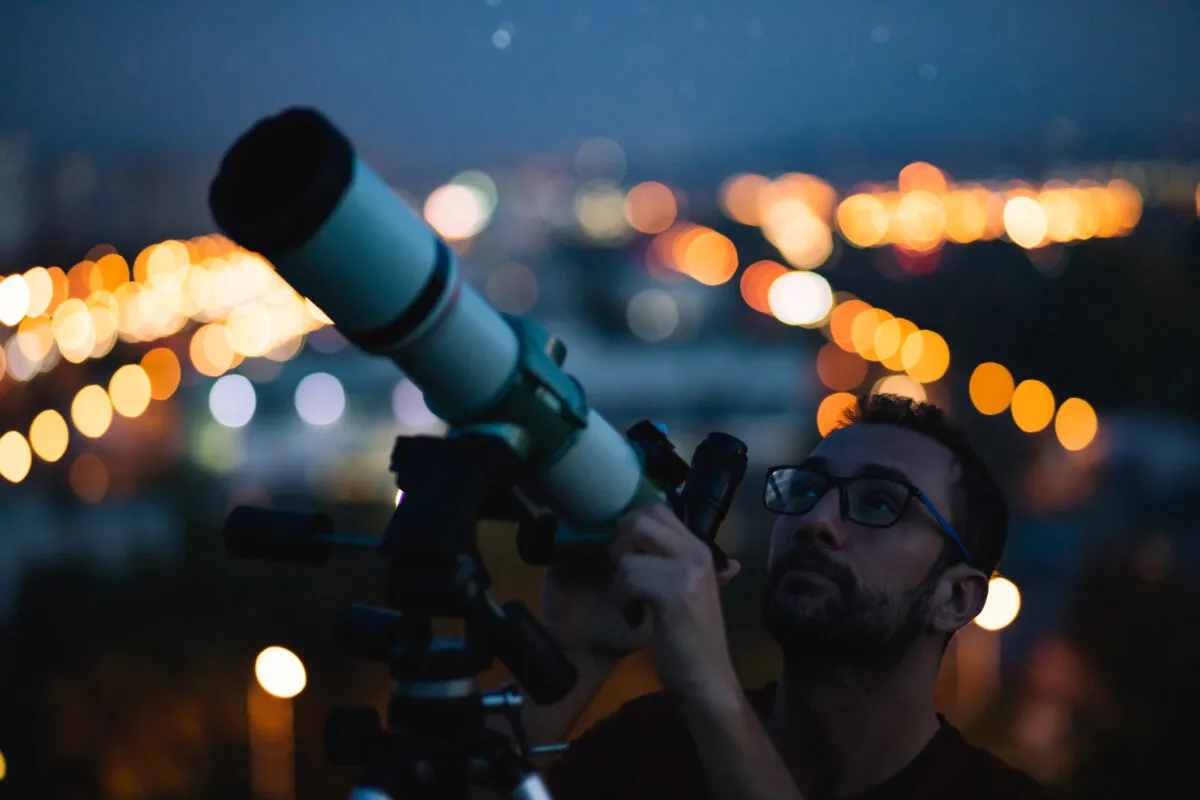
For local sources of light pollution, your biggest consideration is where you position your telescope in your garden.
You need to find a spot that puts a barrier between yourself and the irksome source of glare.
That barrier could be anything – a fence, a tree, the side of a building – so long as it isn’t so big it also masks the part of the sky you want to look at.
Construct a light pollution shield
If no suitable cover already exists, consider making one. A simple ‘shield’ consisting of a frame of wood or plastic piping with blackout cloth stretched across it can work wonders, though make sure you brace the legs.
The last thing you want is for it to catch the wind and clatter into your setup mid session.
If DIY is not your thing, ditch the frame and simply hang the blackout cloth from a washing line, a garden trellis or similar, though again you will need to weigh it down to forestall lift-off.
Discuss the issue with your neighbours
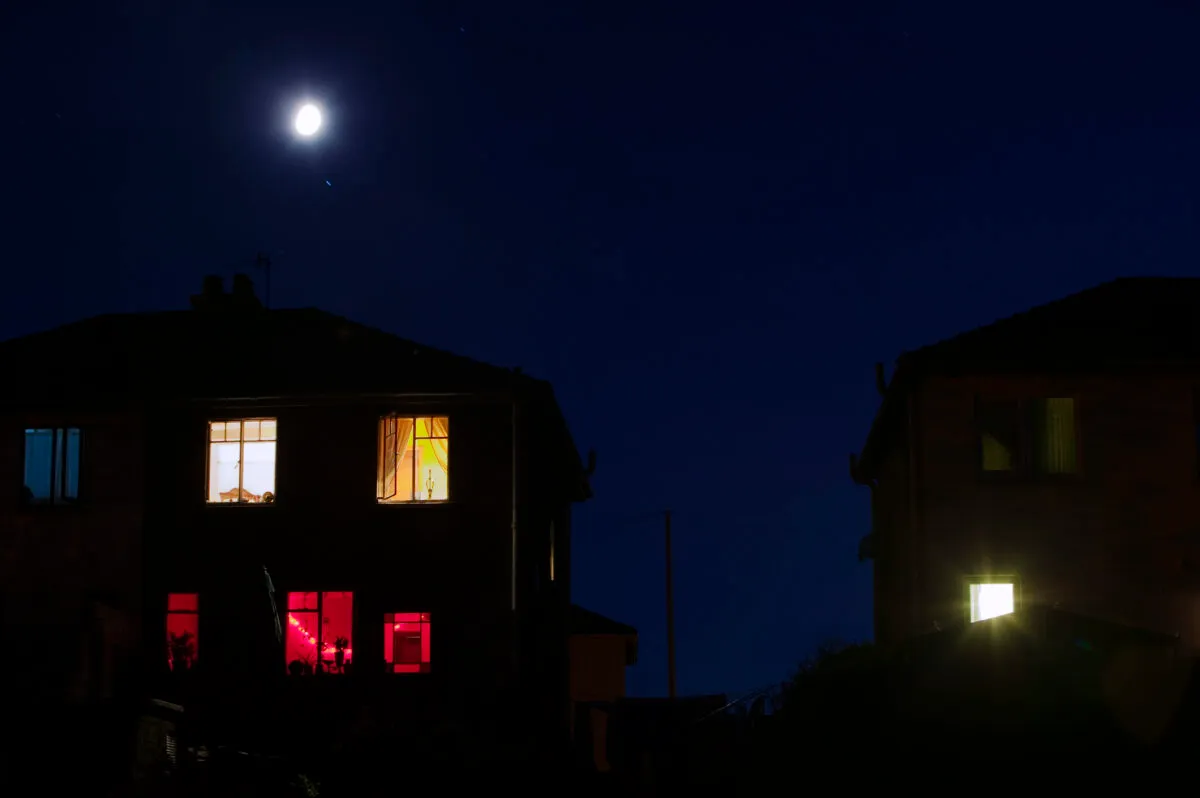
Getting to know your neighbours better can also go a long way, if the lights that are causing you consternation come from their home.
Many astronomers report reciprocal arrangements that work well in this regard – in return for feeding the cat while they are on holiday, they may acquiesce to, say, drawing their curtains when you are in the garden observing. You can only ask.
Get the right equipment
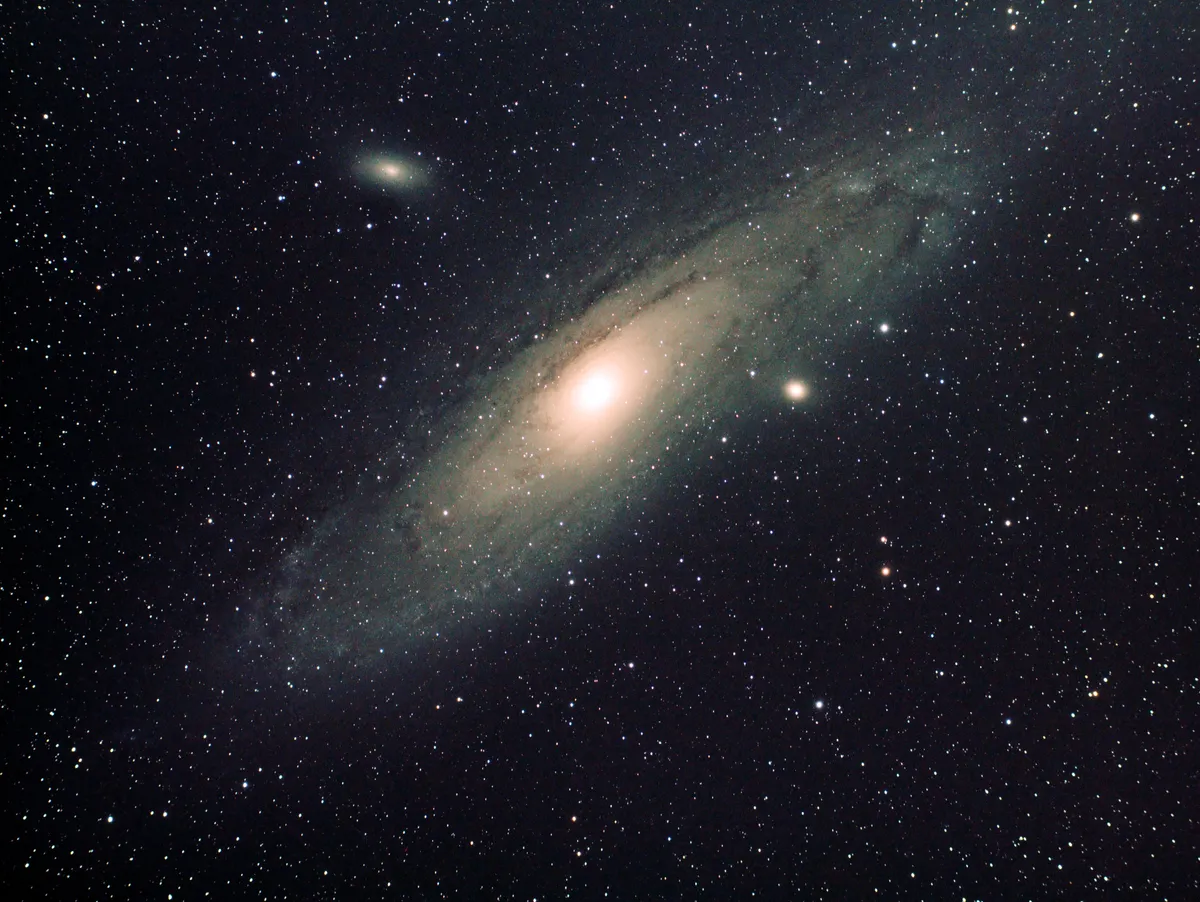
Your next consideration should be optimising the equipment you have, and this can help you deal with both glare and generic glow.
Your goals are to maximise the contrast of what you see and minimise the ingress of stray light.
Opt for eyepieces that have eye guards to block extraneous light, and make sure their lenses are free from eyelash grease as this can degrade the view.
As an alternative to eye guards, throw another piece of blackout cloth over your head, just as a Victorian photographer would.
It may look a little odd (another great reason to tell your neighbours what you are up to) but it can help you establish and preserve your night vision.

Adding a light pollution filter to your setup, and depending on your target, colour or narrowband filters, can increase clarity and enhance detail.
At the opposite end, a dew shield can also help stop light getting in; if you don’t own one, you can make one cheaply from a rolled up camping mat.
If the glow above you is so bad that you have trouble navigating to your intended targets in the first place, purchasing a Go-To mount may be the least stressful way to reach them.
Observe the night sky at the right time
In many places there is a noticeable drop off in sky glow after midnight as more and more people and businesses turn off their interior lights, meaning the wee hours often offer better views.
You may also find that your local authority turns off streetlights at a set time.
If sky glow is a particular problem, make sure you wait until your chosen target is well clear of the horizon before you attempt to view it.
What's the best telescope to use under light pollution?
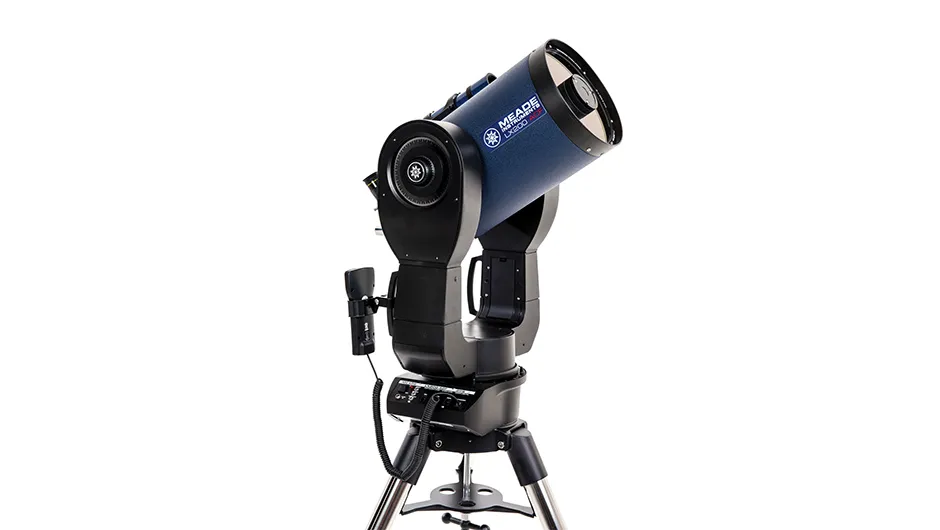
The most effective way of dealing with light pollution is to travel to a dark-sky site, usually out in the countryside away from street lighting, but this isn’t always possible, of course.
Your choice of telescope for observing under light pollution should be based on the same criteria that you’d use for a dark observing site.
A large aperture instrument will collect more starlight than a small aperture regardless of the ambient light conditions so it will pay to buy the largest aperture that you can afford.
But in your case, living up on the ninth floor, this choice needs to be tempered with consideration for storage at your home and carrying the gear to and from your apartment.
There’s a strong argument for buying a Go-To mount as light pollution can make it difficult to select suitable stars for manual star hopping to celestial objects.
You need to strike a compromise here and an 8-inch Schmidt Cassegrain from either Celestron or Meade, mounted on an altazimuth Go-To mount would give you a good aperture in a compact format.
Adding an extended light shield to the front of the telescope would not only reduce the risk of dew but would also help to reduce the interference from local light sources.
Astrophotographers can make use of special light pollution suppression filters to removesome pollution effects during post-processing.
Observers don’t have it so easy but a good ultra- high contrast (UHC) filter can help here. However, no filter will brighten a celestial object; all the filters can do is help to remove the unwanted light.
Also get a good pair of 10x50 binoculars so you can get quick views of the night sky.
Light pollution from a legal perspective
Excessively bright light at night is covered as a statutory nuisance in the same way as noise, and there are currently movements underway in the UK to implement a light pollution law of sorts.
Under the Clean Neighbourhoods and Environment Act 2005, any artificial light may be reported if it is considered “prejudicial to health or a nuisance”.
Knowing you have the law on your side is important, but this should be a last resort only if you’ve explored all other avenues.

12 steps for fighting light pollution in your community
- Learn about light pollution and spread the word about the benefits of dark skies.
- Consult the British Astronomical Association’s Commission for Dark Skies
- Contact your local amateur astronomy society for support
- Work to identify the places near you that are good for stargazing
- Keep an eye open for developments that might threaten darker sites
- Raise awareness of good street lighting at planning stage rather than waiting until bad lighting is installed
- Learn to muster your arguments and have evidence to back them up
- Attend public consultations and present information clearly to developers
- Put on stargazing events and star parties to get everyone enjoying the night sky
- Show your council astro tourism can be an economic driver in rural areas
- Stress the need for fewer wasteful lights that have zero ‘upward’ light
- Set an example by installing outdoor lighting that minimises light pollution
